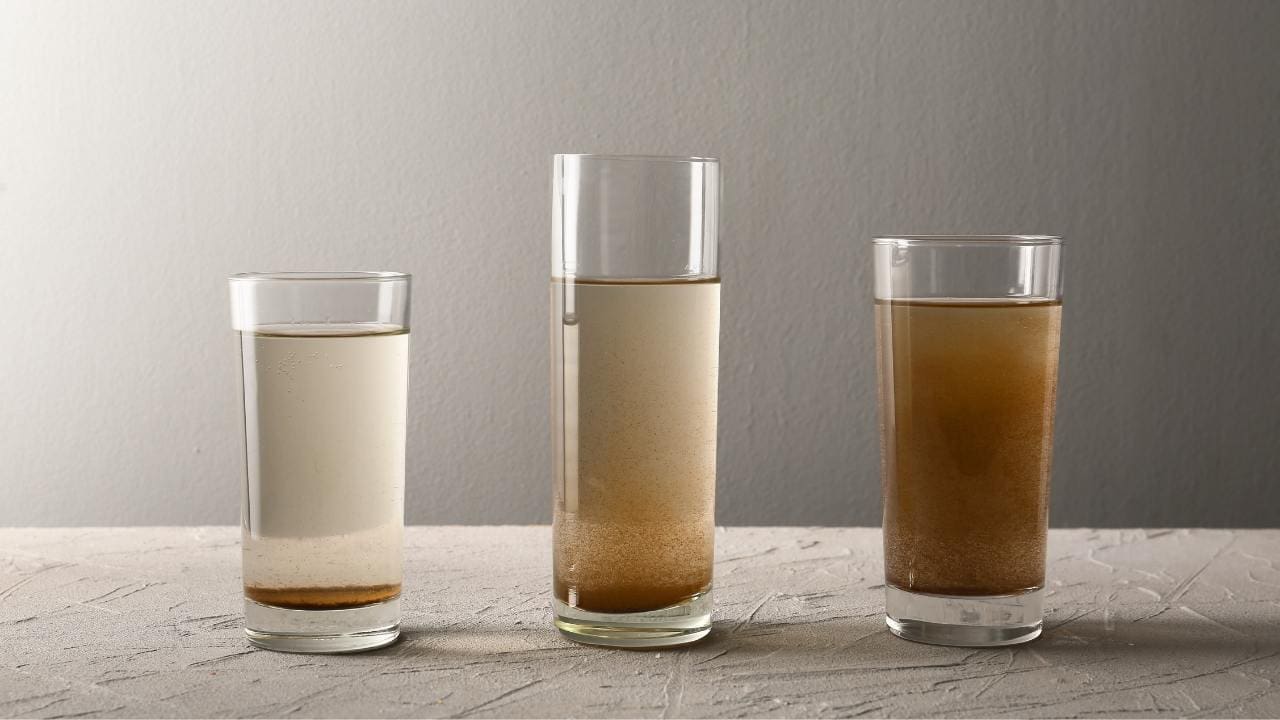What makes a great beach all depends on the traveler. Some prefer vast stretches of sand with ample activities and crowds to watch, while others desire deserted shorelines with calm waters. Anyone can see why the sandy beaches of Fiji, Bora Bora, or the Maldives are so attractive and relaxing, but sand in your drinking water is unseemly and unwelcome. If you have sand in your well water, it’s probably not harmful, but it doesn’t make for enjoyable drinking, cooking, or bathing experience.
Many issues may be to blame for sandy water, but it’s difficult to pinpoint the reason without an onsite well inspection from a professional, well-contractor. C&J deals with water well issues every day, and sand coming through to indoor faucets is no exception. If you are experiencing sand in your private water well, here are some possible culprits.
Improper Pump Placement
Sandy water can be the result of improper well pump placement. Your well pump can be sent too high or too low, but if it is too low, it could start pumping out sand from the bottom of the well. A licensed well-service contractor can ensure your pump is at the proper depth and alleviate pumping sand into your home.
Improper Pump Size
An oversized pump can also be an issue. If the pump is working too hard for the well size, it may cause too much water movement in the lower areas of the well, and this will stir up the sediment so that it is sucked up. Also, if the well pump is too big for the well, it can draw sand or grit in from the adjoining water table. Sand can be very hard on the well pump and rapidly wear it out.

Improper Well Development
After a private well is drilled, it needs to go under a process known as development. This may involve several techniques, including high-speed water pumping or injecting air into the well. If you’re noticing sandy water, your private well may not have been adequately developed after construction.
Damaged or Degraded Well Screen
Another common cause of sandy water is degradation in the screen or casing. When a private well is drilled, it’s sealed with a casing, and a screen is installed to keep out grit and sediment. Wells are constructed of shafts called casings, usually made of steel, iron, or PVC. The casing is the well shaft that is installed by the well-drilling contractor. Your well has openings that allow water to penetrate the well from the surrounding groundwater and also, at the same time, screen out sand and grit. This is called the well screen. Through time, the well screen can deteriorate, corrode, and allow silt and sand to enter the well. C&J uses stainless steel well screens to avoid rust and inordinate wear and tear.
What Should You Do About Sandy Water?
Whatever the cause, a rapid occurrence of sand is not a good sign, and the cause needs to be established. If you see a lot of sand in your well water, it is best to contact your well contractor or driller to discuss the situation and discuss possible ways to correct this condition.
If it has been ongoing for a long time and has not gotten worse, one solution is to install a centrifugal sand separator. These systems remove sand and sediment by centrifugal force. The water rotates inside the separator, and any sand ends up in the bottom, where it can be easily flushed out by opening a small valve at the base of the separator, and no filters are used. Sometimes the well driller can pull the pump up 10 to 20 feet to end the sand problem. For some wells, a new casing may be advised. There are also special screens that the well contractor can install over the pump to keep out sand, although these are not feasible for some wells if the casing is very old or the well diameter is too small. In the worst-case scenario, it is impossible to repair the well, and a new well is needed.
If you’re ready to get rid of the sand in your well water, contact the expert contractors at C&J Well Co. The licensed professionals at C&J have over 25 years of experience drilling, maintaining, and repairing private wells throughout Central Indiana.









